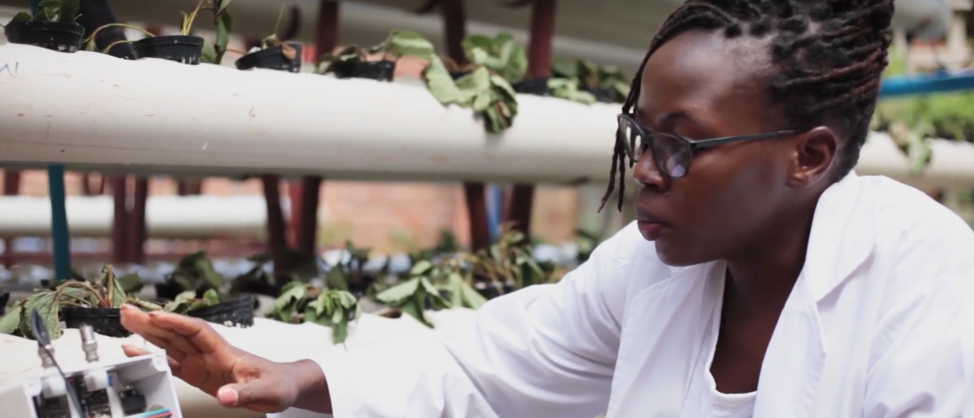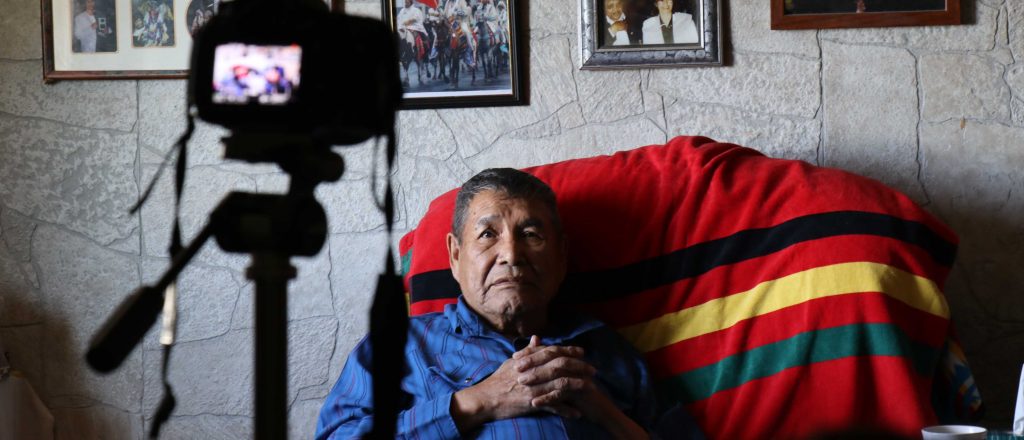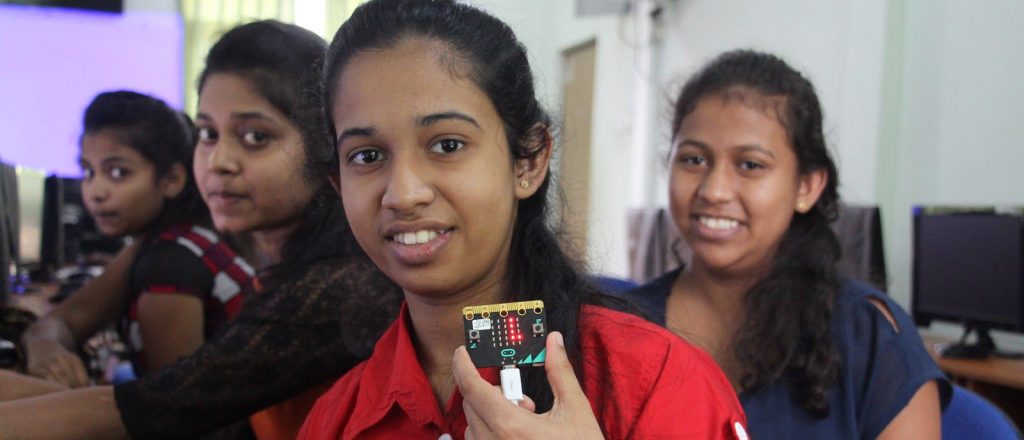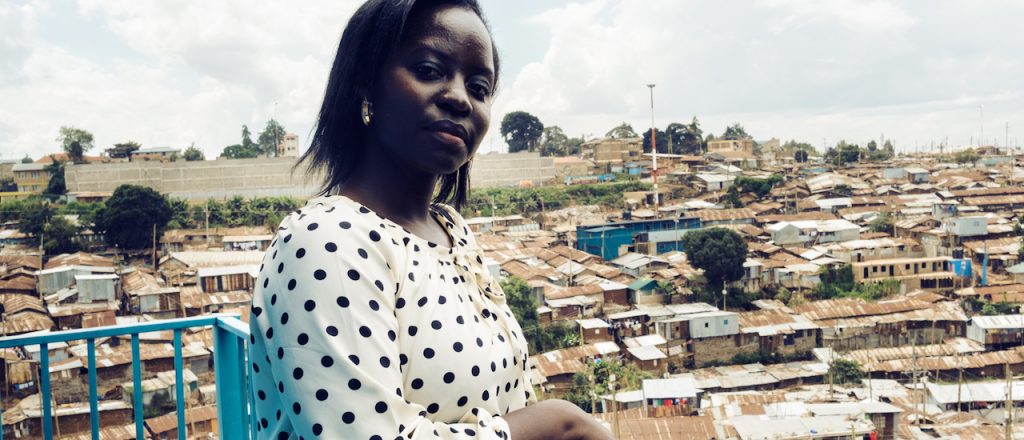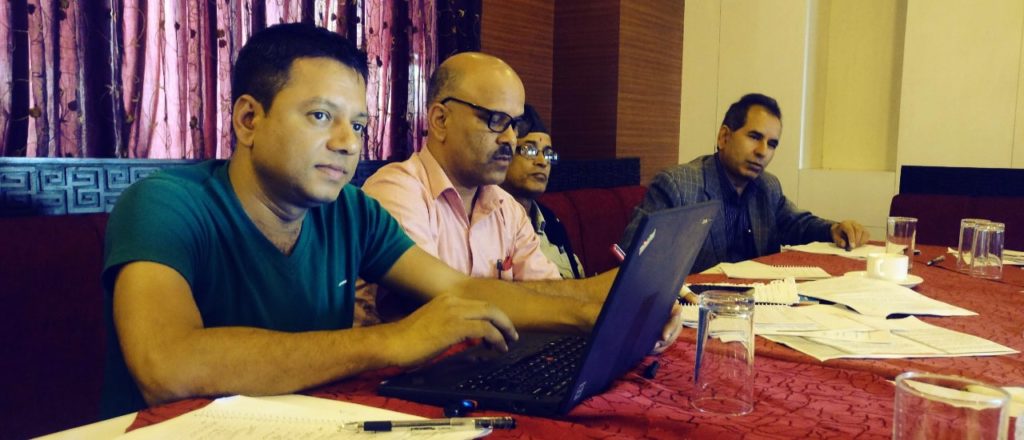How the Internet Society Armenia Chapter is Empowering Rural Libraries to Bridge the Digital Divide
Around the world, the digital divide poses a significant obstacle to economic opportunity, education, and social inclusion. In Armenia, this…
Casting a wider Net through training for women in Mali
In a country where few women and girls attend secondary school, let alone higher education and even fewer pursue careers…
Tackling Zimbabwe’s urban food insecurity through the Internet of Things
After decades of steady decline, world hunger is on the rise. An estimated 821 million people in the world suffered…
Students Use Technology to Preserve Piikani Culture and Language
There are an estimated 6,000 languages spoken globally, but according to the United Nations nearly half are endangered Only a few hundred have been given a place in education systems and the public domain. Less than a hundred languages are used in the digital world.
After centuries of colonization and discrimination, Indigenous languages face the greatest threats.
In Sri Lanka, Increasing Girls’ Enrollment in Tech
In Sri Lanka girls make up a little over 50% of the school population, but just 20% of those studying Information and Communications Technology. Girls in Technology, launched by the Internet Society Sri Lanka Chapter in 2018, wants to change that.
TunapandaNET: A Scalable Solution to Address Global Challenges
In one of the largest urban slums in Africa, people live in abject poverty. The nearly 200,000 residents of Kibera, located in Nairobi, Kenya, have an average income of a little over $1 a day, while many people lack access to basic amenities such as adequate medical care and clean piped water. In 2016 the Tunapanda Institute decided to address some of these issues.
In Kenya, Helping Kids Use the Internet Responsibly
A recent survey on how children use the Internet, included some surprises. “Safe Online, Safe On Land” addresses some of these issues.
Access to Quality Education in Paraguay
Colegio Técnico Nacional (CTN), a secondary school located in Asunción, is one of the top schools in Paraguay offering the technical baccalaureate.
Contributing to a Better Policy Environment in Nepal
Recently, the Federal Parliament of Nepal introduced two pieces of legislation: the Individual Privacy bill, which deals with online privacy and data protection, and the Information Technology bill, which aims to replace the existing Electronic Transaction Act and has a broad scope.
Testing Drones for Post-Disaster Operations in the Philippines
Unmanned Aerial Vehicles (UAVs) – more commonly known as drones – can be a powerful tool to speed up the post-disaster assessment process.



